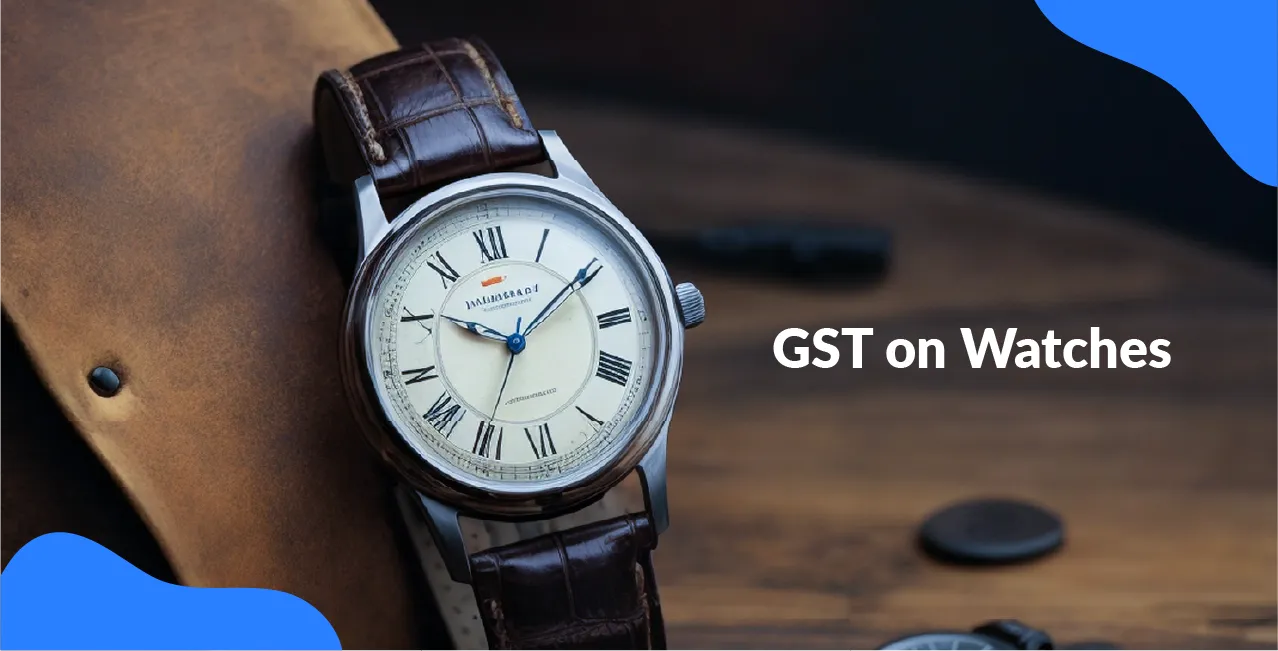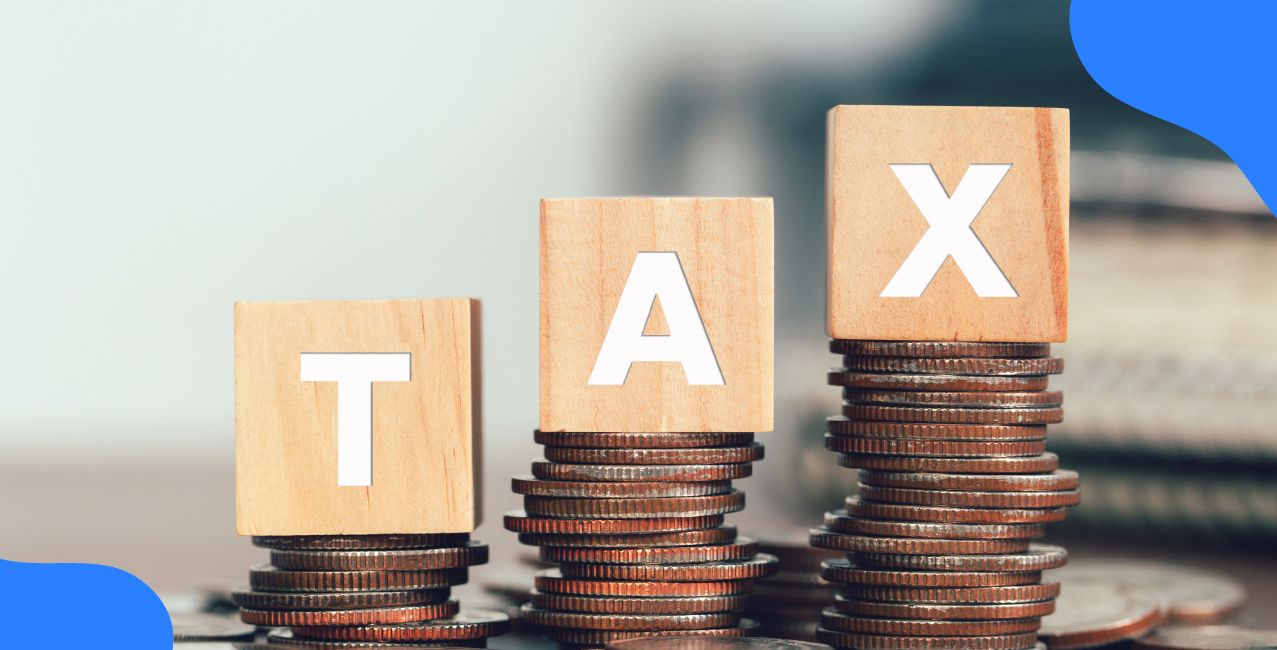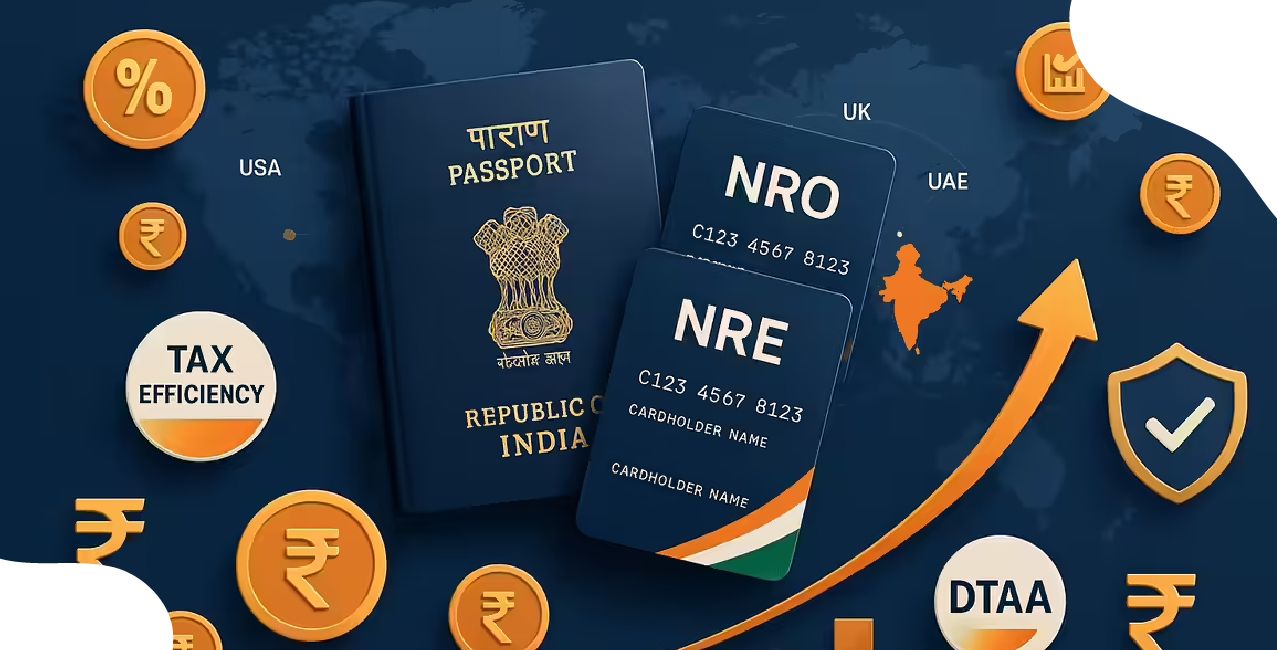
Author
LoansJagat Team
Read Time
6 Min
02 Jul 2025
GST on Watches – Tax Rate, HSN Code & Price Impact
Goods and Services Tax (GST) is a unified tax system that replaced multiple indirect taxes in India. GST is applied to all watches sold in India at different rates depending on their type and category.
Let us understand this with Raj's example. He bought a regular watch costing ₹5,000 before GST. After adding 18% GST, his total cost becomes ₹5,900.
Raj's Watch Purchase Breakdown
The GST rate depends on the watch's category and price range, making it important for buyers to understand these charges before purchasing.
How is GST Split Between Governments?
GST in India is divided into three main types: CGST, SGST/UTGST, and IGST. Let me explain each one with a simple example.
CGST (Central GST) - This is the tax collected by the Central Government. If the rate of GST charged is 18%, it will be divided equally in the form of 9% CGST and 9% SGST.
SGST (State GST) - This is the tax collected by the State Government. UTGST works similarly but applies to Union Territories. UTGST is similar to SGST and is levied in Union Territories that do not have their legislature.
Read More – GST on Fabrics
IGST (Integrated GST) - This applies to interstate transactions. Integrated GST (IGST) is applicable on interstate supplies, while Central GST (CGST) and State GST (SGST) are applied on intrastate supplies
Amit lives in Delhi and visits a watch shop in Delhi. He buys a watch for ₹5,000 with 18% GST.
Since both Amit (buyer) and the shop (seller) are in Delhi, this is a same-state transaction.
Same State Transaction (Delhi to Delhi):
- Watch price: ₹5,000
- CGST (9%) - goes to Central Government: ₹450
- SGST (9%) - goes to Delhi Government: ₹450
- Total amount Amit pays: ₹5,900
Different States Transaction (Mumbai to Delhi): If Amit ordered from Mumbai:
- Watch price: ₹5,000
- IGST (18%) - goes to Central Government: ₹900
- Total amount Amit pays: ₹5,900
Amit pays the same total amount in both cases, but tax collection differs based on the seller's location.
GST Rates on Different Categories of Watches
All watch categories shown above attract 18% GST, which is split as 9% CGST and 9% SGST for the same state transactions, or 18% IGST for interstate transactions.
HSN Codes for Different Types of Watches
Impact of GST on the Watches Industry
The implementation of GST has brought significant changes to the watch industry in India, affecting manufacturers, retailers, and consumers in various ways.
Impact on Manufacturers
Positive Effects:
- Simplified Tax Structure: Before GST, manufacturers had to deal with multiple taxes like excise duty, VAT, and service tax. Now they handle just one unified tax system.
- Input Tax Credit Benefits: Manufacturers can claim credit for GST paid on raw materials and components, reducing overall production costs.
Example: A watch manufacturer in Mumbai previously paid 12.5% excise duty plus state VAT. Now under GST, they pay 18% but can claim input tax credit on steel, electronic components, and packaging materials, often resulting in lower effective tax burden.
Impact on Retailers
Pricing Challenges:
- Most watches now attract 18% GST compared to the earlier combined tax rate that varied between 14% and 20% across different states.
- Interstate Trade Simplified: Earlier, moving watches from Maharashtra to Karnataka involved complex paperwork and varying tax rates. Now, IGST applies uniformly.
Example: A retailer in Delhi buying watches from a Bangalore manufacturer pays 18% IGST instead of dealing with different state VAT rates and entry taxes.
Impact on Consumers
Price Effects:
- Budget Watches (₹1,000-₹5,000): Prices remained relatively stable as the GST rate of 18% is similar to the previous combined taxes.
- Premium Watches (₹25,000+): Some luxury watches face higher effective tax rates, leading to price increases.
Example:
- A ₹3,000 Fastrack watch: Earlier total tax was 16%, now 18% GST = ₹540 tax
- A ₹50,000 Tissot watch: Earlier total tax was 18%, now 18% GST = ₹9,000 tax
Input Tax Credit (ITC) on Watches
Input Tax Credit allows businesses to claim credit for GST paid on purchases used for business purposes.
For Watch Manufacturers
What qualifies for ITC:
- Raw materials (steel, plastic, electronic components)
- Packaging materials
- Manufacturing equipment
- Business services
Example: A manufacturer purchases materials worth ₹1,00,000 + ₹18,000 GST. When selling watches for ₹2,00,000 + ₹36,000 GST:
- GST liability: ₹36,000
- Less ITC claimed: ₹18,000
- Net GST payment: ₹18,000
For Watch Retailers
What qualifies for ITC:
- Watches purchased from manufacturers for resale
- Shop equipment and fixtures
- Business services
Example: Retailer buys watches worth ₹5,00,000 + ₹90,000 GST. When selling for ₹7,00,000 + ₹1,26,000 GST:
- GST collected: ₹1,26,000
- Less ITC: ₹90,000
- Net GST payment: ₹36,000
Conditions to Claim ITC
Essential requirements include having a valid tax invoice, receiving the goods, ensuring the supplier has paid GST, and filing GSTR-3B returns.
Key Benefits
- Eliminates tax cascading - No tax on tax
- Improves cash flow - Monthly credit claims
- Reduces costs - Lower effective tax burden
- Competitive pricing - Makes watches more affordable
ITC has significantly reduced the tax burden on the watch industry, making operations more efficient and products more competitively priced.
Conclusion
GST has transformed the Indian watches industry by replacing complex multiple taxes with a simple unified system. Most watches attract 18% GST, whilst braille watches get a preferential 12% rate for accessibility.
Also Read - GST on Silver
For businesses, GST brought improved cash flow, single registration, and simplified compliance. The supply chain became more efficient with faster goods movement. Consumer prices remained stable under the new system.
FAQ’s
1. What is the GST rate on watches in India?
The GST Rate on all watches in India is 18%.
2. Can watch retailers claim Input Tax Credit?
Yes, retailers can claim ITC on GST paid when purchasing watches from manufacturers, reducing their overall tax liability significantly.
3. How is GST calculated on interstate watch sales?
For interstate sales, 18% IGST applies instead of CGST + SGST. The total tax remains the same, but the collection method differs.
4. What HSN code should I use for regular wrist watches?
Regular wrist watches typically use HSN codes starting with 9102, such as 910211 for electric watches or 910221 for automatic watches.
5. Are smart watches taxed differently under GST?
No, smart watches attract the same 18% GST rate as regular watches and follow similar HSN code classifications for taxation purposes.
Other Related Pages | |||
About the Author

LoansJagat Team
‘Simplify Finance for Everyone.’ This is the common goal of our team, as we try to explain any topic with relatable examples. From personal to business finance, managing EMIs to becoming debt-free, we do extensive research on each and every parameter, so you don’t have to. Scroll up and have a look at what 15+ years of experience in the BFSI sector looks like.

Quick Apply Loan
Subscribe Now


